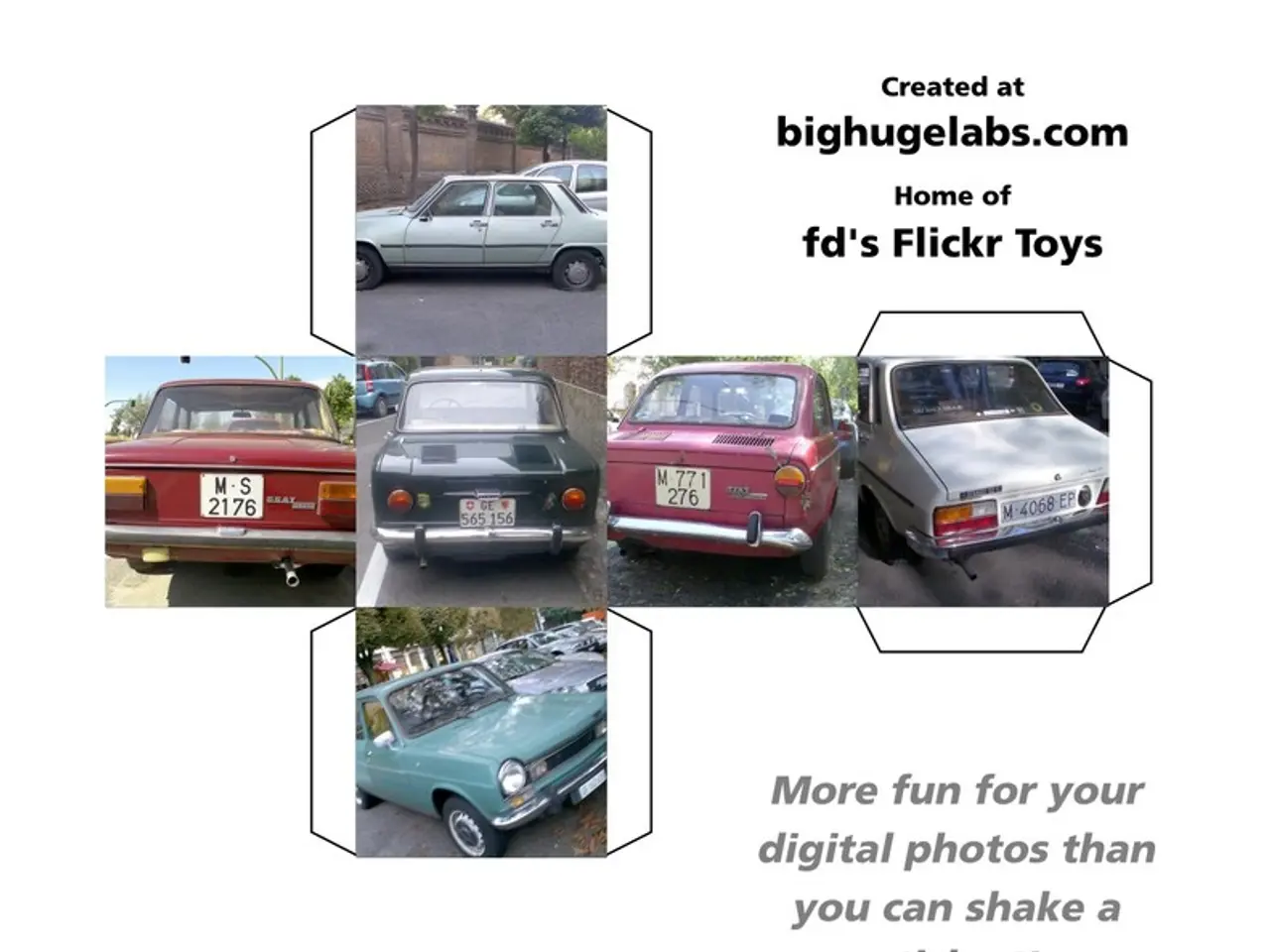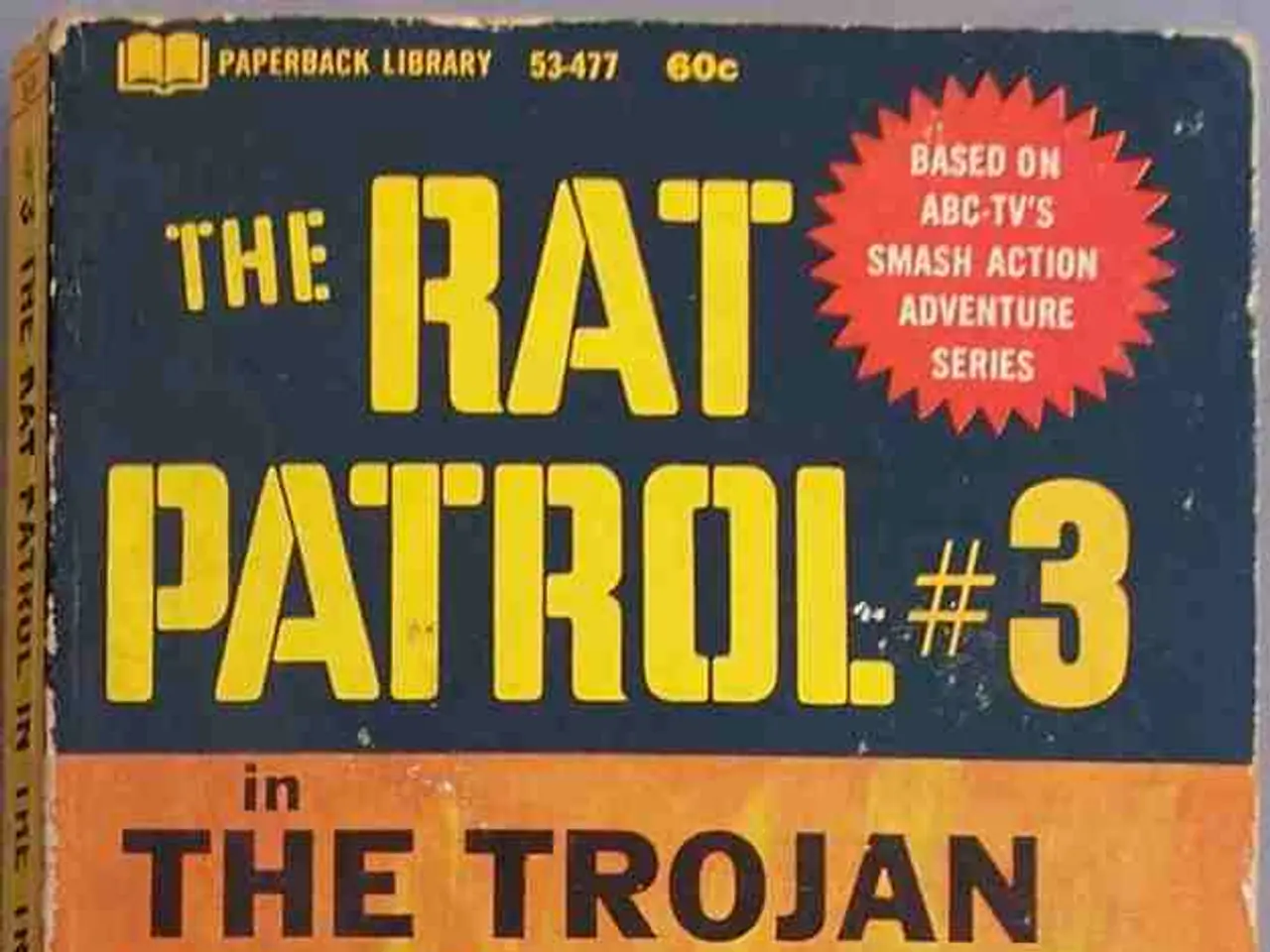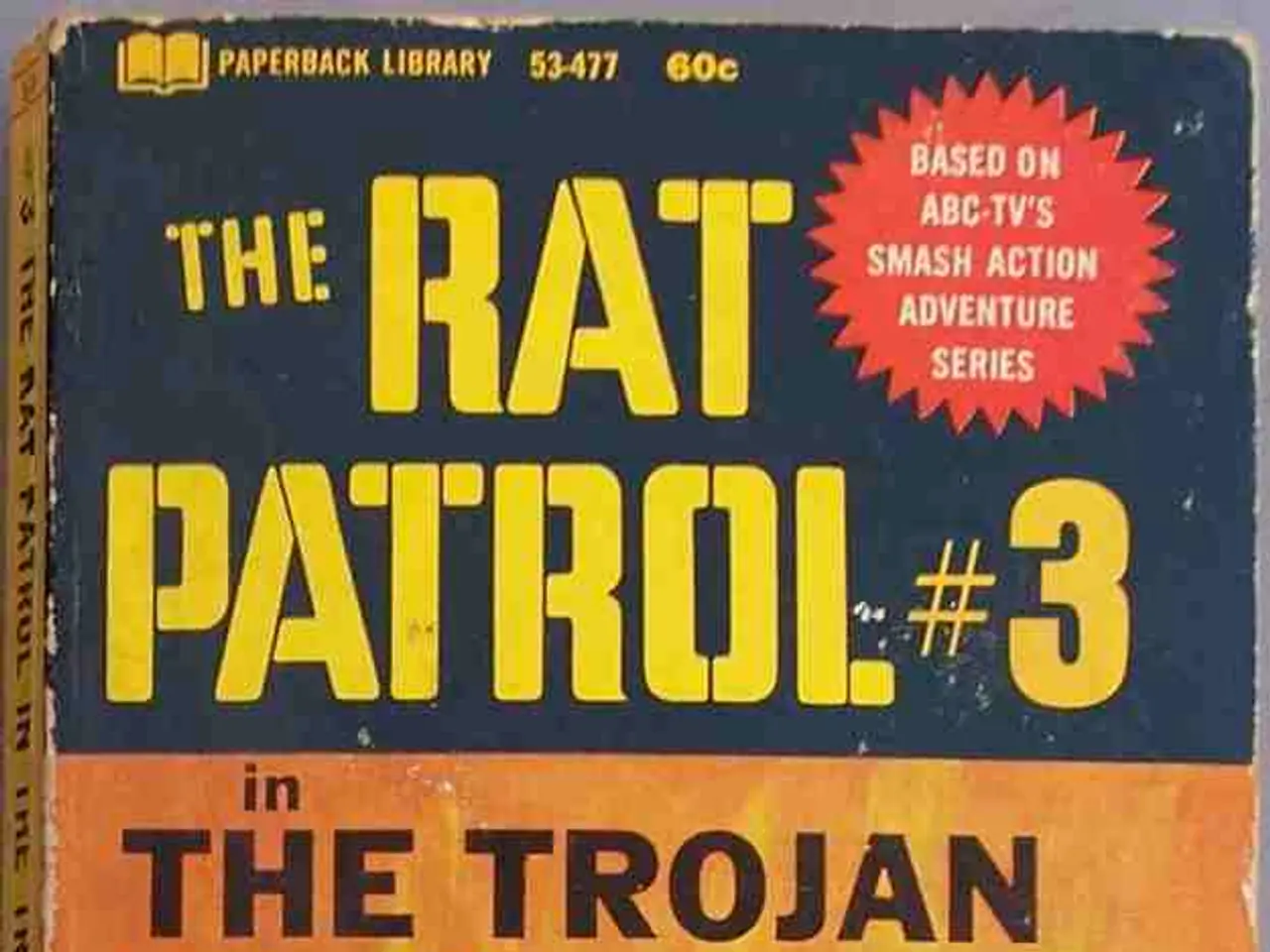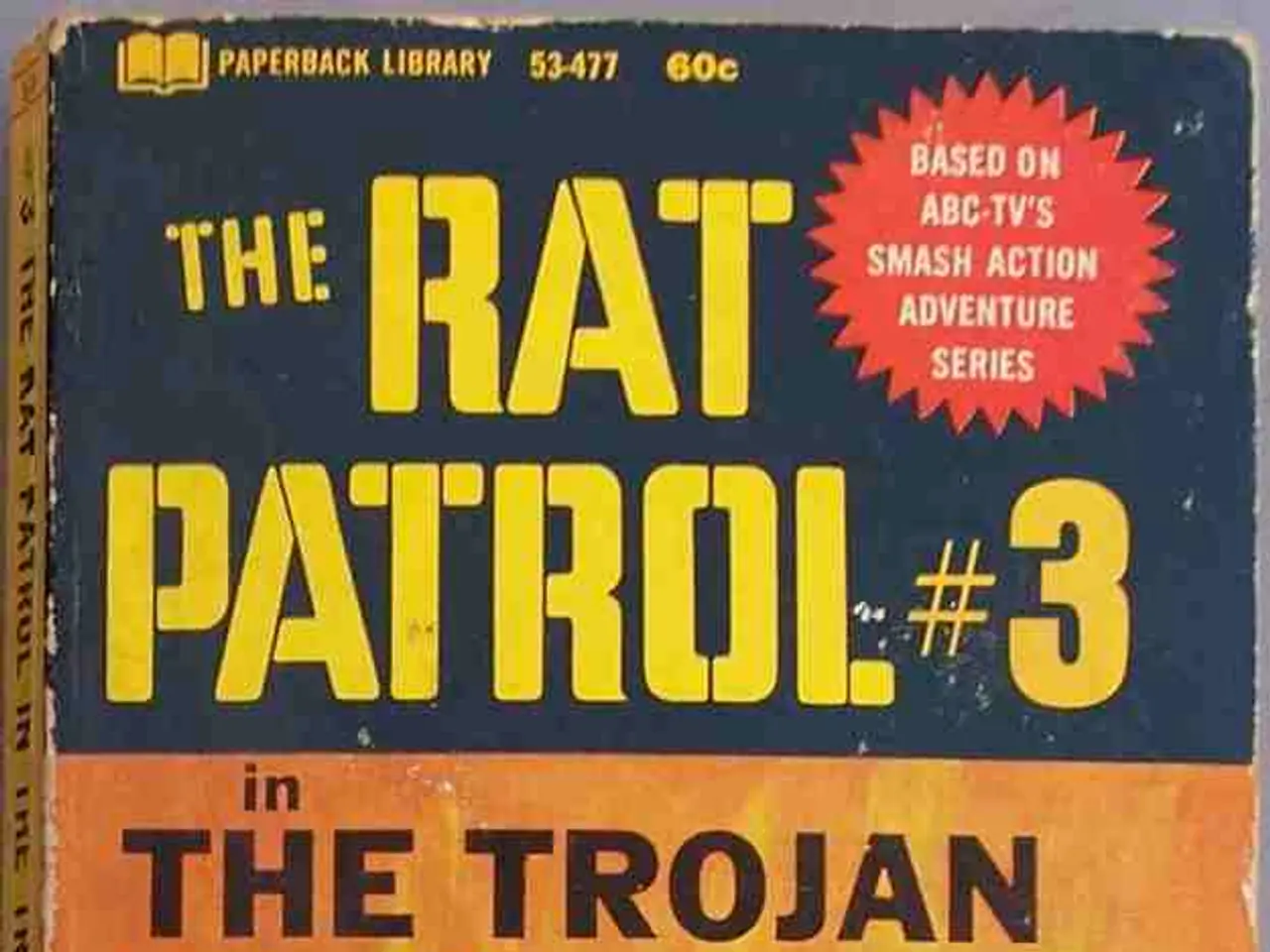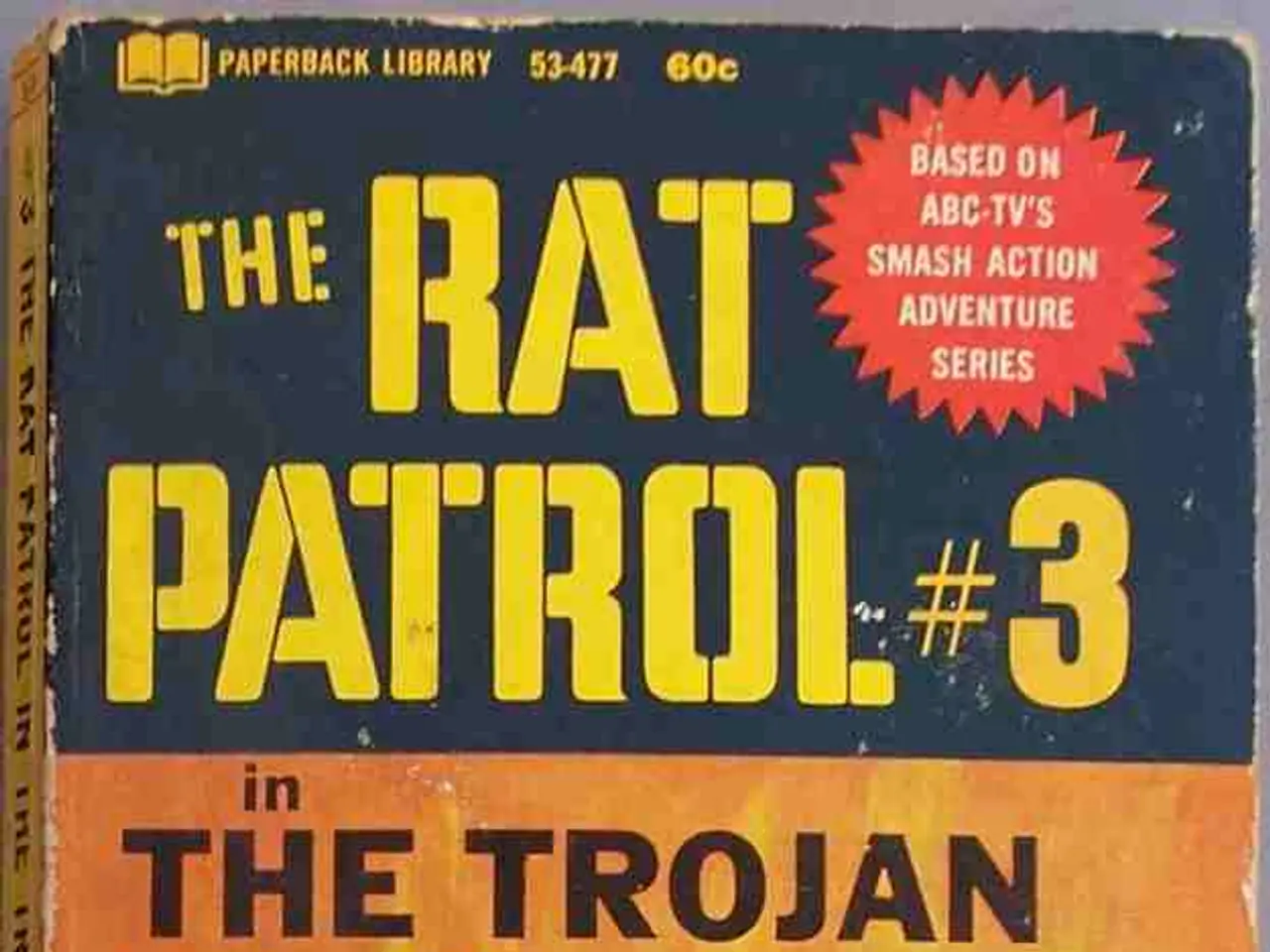Unveiled findings in an Australian study reveal that hybrid vehicles may actually consume up to 33% more fuel than what is claimed in advertising.
Australian Study Reveals Discrepancies Between Lab and Real-world Fuel Consumption
A recent study by the Australian Automobile Association (AAA) has highlighted a concerning trend in the automotive industry, with many popular vehicles in Australia consuming significantly more petrol than advertised.
The AAA's Real-World Testing Program, funded by $14 million from the federal government, has been ongoing since 2023. This program tests vehicles under everyday driving conditions to provide independent, accurate data on actual fuel consumption and emissions.
The latest round of testing involved a 93km route around Geelong in Victoria, encompassing city, rural, and highway driving to simulate typical use. The program tested a variety of vehicles, including large SUVs, vans, small cars, a ute, and people-mover.
The study found that 25 out of 30 tested vehicles used more fuel in real-world driving than their lab figures, with hybrids particularly affected—some using up to 33% more petrol than claimed (e.g., Hyundai Kona Hybrid). On the other hand, a few models performed better in real-world conditions, such as the Ford Transit van (nine per cent less), Lexus NX350h SUV (seven per cent less), and Mercedes-Benz GLC250 SUV (three per cent less).
The program also revealed that some vehicles consumed 10–33% more fuel than labeled, while others performed better. Notably, eleven of the tested cars consumed 10% or more fuel than expected. The Hyundai i30 Hybrid, Toyota Fortuner, and Kia Sportage Hybrid also consumed more fuel than expected, with percentages of 17%, 16%, and 14% respectively. The Kia Stonic used 26% more fuel than expected.
Car manufacturers are optimizing vehicles for lab testing, resulting in overstated improvements in fuel use and environmental performance. This discrepancy between lab tests and real-world driving conditions is a cause for concern, as it may lead to misleading fuel efficiency claims by manufacturers.
The program also captured tailpipe emissions on urban streets, rural roads, and motorways and compared them to lab test results. Six models produced more noxious emissions than allowed in Australia during the testing. These included the Ford Ranger ute, Toyota Hi-Ace, and Toyota Fortuner.
As the electric vehicle market grows, the AAA plans to expand its tests to electric vehicles and compare on-road range to consumer promises. This move is crucial as "range anxiety" is a significant barrier to electric vehicle uptake.
The Real-World Testing Program aims to enhance transparency and consumer protection by providing realistic fuel and emissions data, addressing misleading fuel efficiency claims by manufacturers. Since 2023, the program has examined emissions from 114 vehicles and found 88 models failing to meet their promised fuel consumption.
[1] Australian Automobile Association. (2023). Real-World Fuel Consumption Testing. Retrieved from https://www.aaa.asn.au/real-world-testing-program/
[2] Australian Automobile Association. (2023). Real-World Testing Program Results. Retrieved from https://www.aaa.asn.au/real-world-testing-program-results/
[3] Australian Automobile Association. (2023). Real-World Fuel Consumption Testing: Frequently Asked Questions. Retrieved from https://www.aaa.asn.au/real-world-testing-program-faqs/
[4] Australian Government. (2023). $14 Million for Real-World Vehicle Emissions Testing. Retrieved from https://www.infrastructure.gov.au/vehicles/vehicle-standards/emissions/Pages/real-world-vehicle-emissions-testing.aspx
Participants in the sports of automobile manufacturing may find it challenging, as a study by the Australian Automobile Association revealed that numerous vehicles consumed more petrol than claimed in real-world conditions. This discrepancy between laboratory tests and everyday driving could potentially lead to misleading fuel efficiency claims.
Aiming to address misleading claims and promote transparency, the Real-World Testing Program, initiated in 2023, focuses on testing various vehicles under normal driving conditions, including popular sports utility vehicles (SUVs), vans, and hybrid models.
